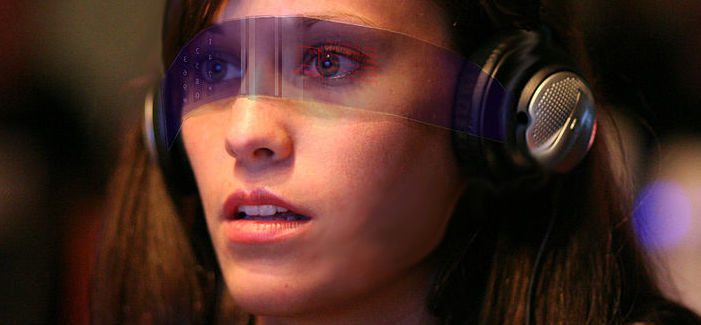
Dan Bacher has always been fascinated by two things: electrical engineering and neuroscience. While these interests may seem divergent, the synthesis of them led him to Brown University’s BrainGate Group, where he is the Senior Research and Development Engineer. Says Bacher, “applying technology to the area of neuroscience just always fascinated me.”
The BrainGate Group is on the cutting edge of an emerging technology – brain-machine interfaces. Their advances have allowed individuals with extensive paralysis and locked-in syndrome to interact with the world around them by controlling a computer mouse with their mind. Moving a mouse is something that most of us take for granted, but an individual with locked-in syndrome, that is fully awake and conscious, has no other means of producing speech, move limbs, or make facial movements.
Through a device implanted in the skull, the BrainGate device interfaces with a computer, allowing the individual to interact with their environment. This technology is made possible in part by extensive mapping of the neural activity of the brain, but revolutionary hardware designed by engineers like Bacher have also been key.
Bacher began working on the BrainGate technology by conducting brain-machine interface research on non-human primates. Or, as Bacher describes it, “basically having monkeys playing video games with their brains.” This research helped Bacher and other researchers understand how the brain works and begin development of the assistive technologies. When the opportunity to join the BrainGate group presented itself, Bacher jumped at the chance.
Says Bacher, “for me, although I’m interested in the basic neuroscience and love the pure technology aspects of it, thinking about how this translates to improve the quality of life for people in the real world has always been the underlying motivation for me.”
Outside of his work on BrainGate, Bacher is passionate about connecting disabled individuals with assistive technologies. This passion led Bacher to found the Speak Your Mind Foundation, which creates, distributes, and supports assistive communication technologies for individuals who are unable to effectively communicate due to neurological injury and disease. Says Bacher, “there is still a huge gape between technology creators and healthcare providers.” Bacher hopes to help bridge this gap and bring these technologies to the healthcare market.
Bacher’s approach also takes worldwide emerging technology trends in hands-free computing, robotics, and other areas, and finds ways to translate them into helping disabled individuals. Using technologies developed for larger markets helps lower the costs in developing applications for assistive technologies. While the technological solutions are currently tailored for specific individuals involved in clinical trials, the solutions developed for them have potential applications for larger groups.
Says Bacher, “if we develop a piece of technology for someone with a spinal cord injury who is moving their head to control a computer, there’s no reason that can’t help someone whose suffered a stroke.”
Human-computer interface technology is still largely limited to touch, keyboard, and mouse. The research conducted by Bacher and those like him has the potential to change this, and as these technologies progress, their potential applications widen.
Says Bacher, “clearly, a mouse and a keyboard, even today seems like an antiquated way to interact with technology. We’ve seen developments like touch-screen technology and voice-control come along way, but it’s still not mainstream. In order to really penetrate the commercial marketplace, there’s a high threshold for how well something has to work.”
While current research is focused on assistive technologies for disabled individuals, the possible applications don’t end there. Part of the reason for this is the “symbiotic” relationship developing between consumer and assistive technologies. Smart phones can provide the “brains” for assistive devices. Eye motion-capture technologies developed for paralyzed individuals open up new ways for the general public to interact with technology, and hands free technologies benefit individuals without the use of their arms. Bacher believes that technologies like Google Glass, Leap Motion, Kinect, and voice-control will continue to be refined, and eventually make the “leap” to widespread consumer acceptance.
It’s a process Bacher believes benefits everyone; with the potential to open up avenues of technological interaction considered the realm of science fiction only a decade ago.







